1. They Offer Instant Charm Without Formality

Gravel paths bring a relaxed, old-world feel to gardens without the rigidity of concrete or pavers. The crunch underfoot, the soft edges, and the organic flow make them feel welcoming and timeless. They suggest intention without perfection. Path becomes poetry.
Unlike hardscapes that demand precision, gravel invites spontaneity and softness. It’s elegance with a wink, not a rulebook. Even a simple trail feels curated. Charm lives in the looseness.
2. They’re Budget-Friendly and Easy to Install
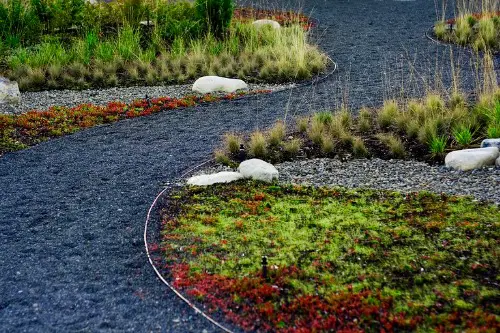
Compared to poured concrete or stonework, gravel paths are affordable and DIY-friendly. You don’t need a crew—just a weekend, some edging, and a few bags of gravel. It’s low-cost with high impact. Simplicity becomes sophistication.
This accessibility makes gravel ideal for evolving gardens or renters who want style without permanence. You can shape, shift, or expand as needed. Design becomes flexible. The path follows your pace.
3. They Improve Drainage Naturally
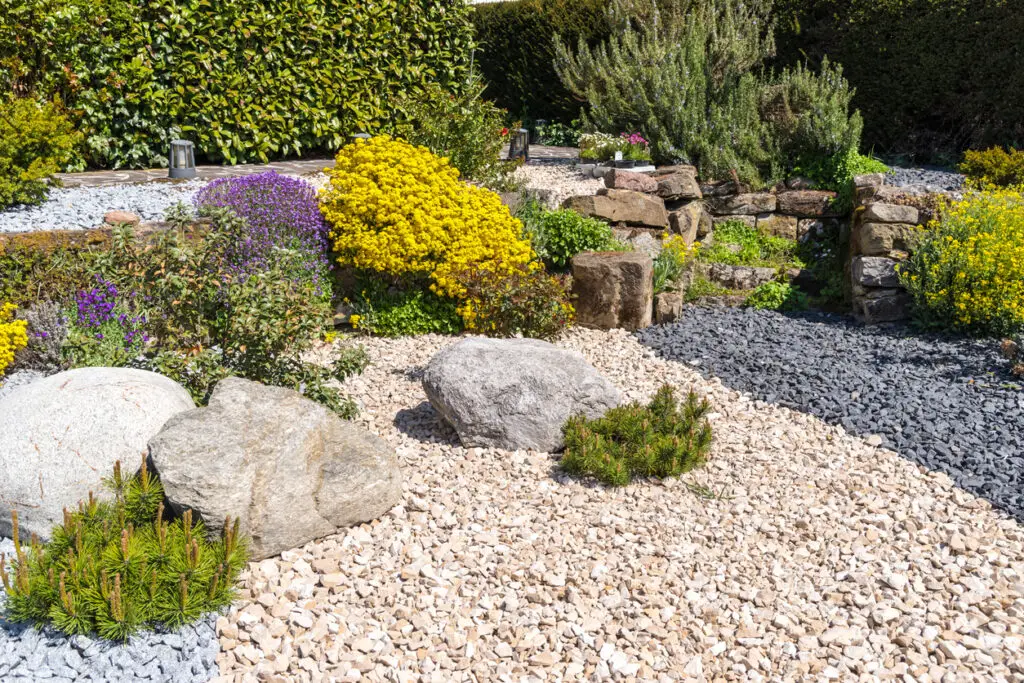
Gravel allows rainwater to filter through, reducing runoff and puddles—especially helpful in gardens prone to soggy spots. It’s a functional choice that supports plant health and soil stability. You’re not just walking—you’re water-smart. Drainage becomes design.
Unlike impermeable surfaces, gravel works with nature, not against it. It’s sustainability in disguise. The garden breathes easier. Your path helps the planet.
4. They Blend Seamlessly with Plant Life
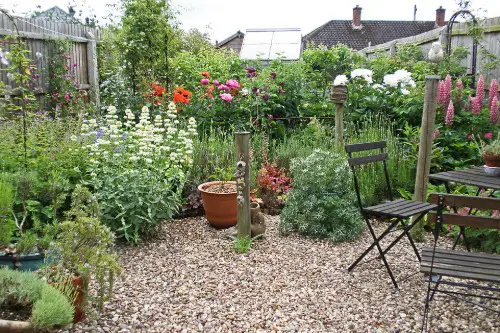
Gravel paths don’t compete with greenery—they complement it. Their neutral tones and soft texture let flowers, shrubs, and trees take center stage. It’s a backdrop, not a spotlight. Nature gets the headline.
Designers love how gravel transitions between zones—beds, patios, and seating areas—without visual interruption. It’s cohesion without clutter. Plants pop when the path whispers. Harmony happens underfoot.
5. They Age Gracefully
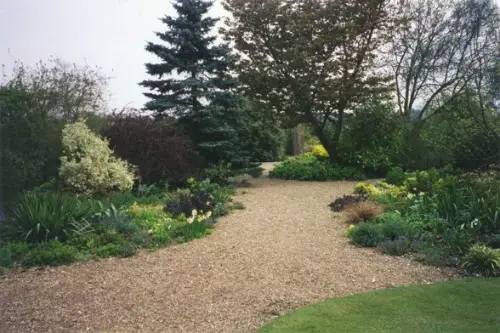
Unlike concrete that cracks or wood that warps, gravel settles and shifts naturally over time. A little wear adds character, not chaos. Patina becomes part of the charm. Aging turns into ambiance.
You can rake it, top it off, or leave it slightly uneven—it still looks intentional. Gravel doesn’t fight time—it flows with it. Your garden grows, and the path grows with it. Beauty walks slowly.
6. They Invite Movement and Exploration
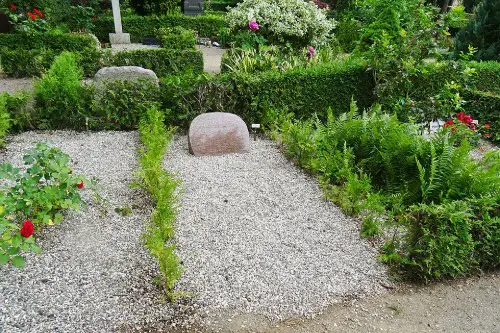
Gravel paths encourage wandering—meandering through beds, circling trees, or leading to hidden corners. They make the garden feel like a journey, not just a destination. Curiosity becomes part of the layout. You don’t just see the garden—you experience it.
Even narrow trails feel expansive when they twist and turn. Gravel guides without demanding. The path becomes a prompt. Exploration starts with a crunch.
7. They Work in Every Climate
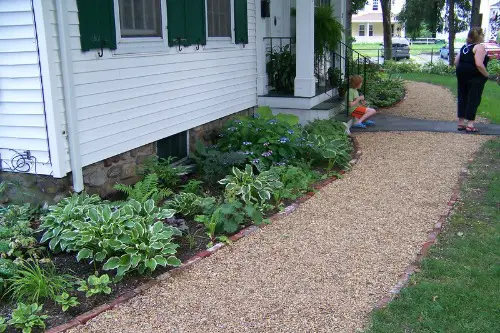
From dry deserts to rainy coasts, gravel adapts to temperature, moisture, and seasonal shifts. It doesn’t freeze, flood, or fade easily. Climate resilience becomes quiet confidence. The path stays steady.
Whether paired with succulents or cottage blooms, gravel holds its own. It’s the universal garden accent. Style that survives. Weather meets its match.
8. They Pair Well with Other Materials
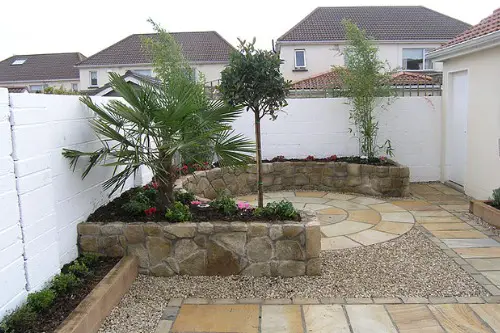
Gravel plays nicely with wood, stone, brick, and metal—making it a versatile design element. Use it to edge patios, fill gaps between pavers, or soften hard borders. It’s the connective tissue of outdoor design. Texture meets teamwork.
This adaptability lets you layer styles—rustic, modern, traditional—without visual conflict. Gravel bridges the gap. Your garden becomes a conversation of materials. The path speaks many languages.
This post Why Gravel Paths Are Quietly Making a Comeback in Backyard Gardens was first published on Greenhouse Black.
